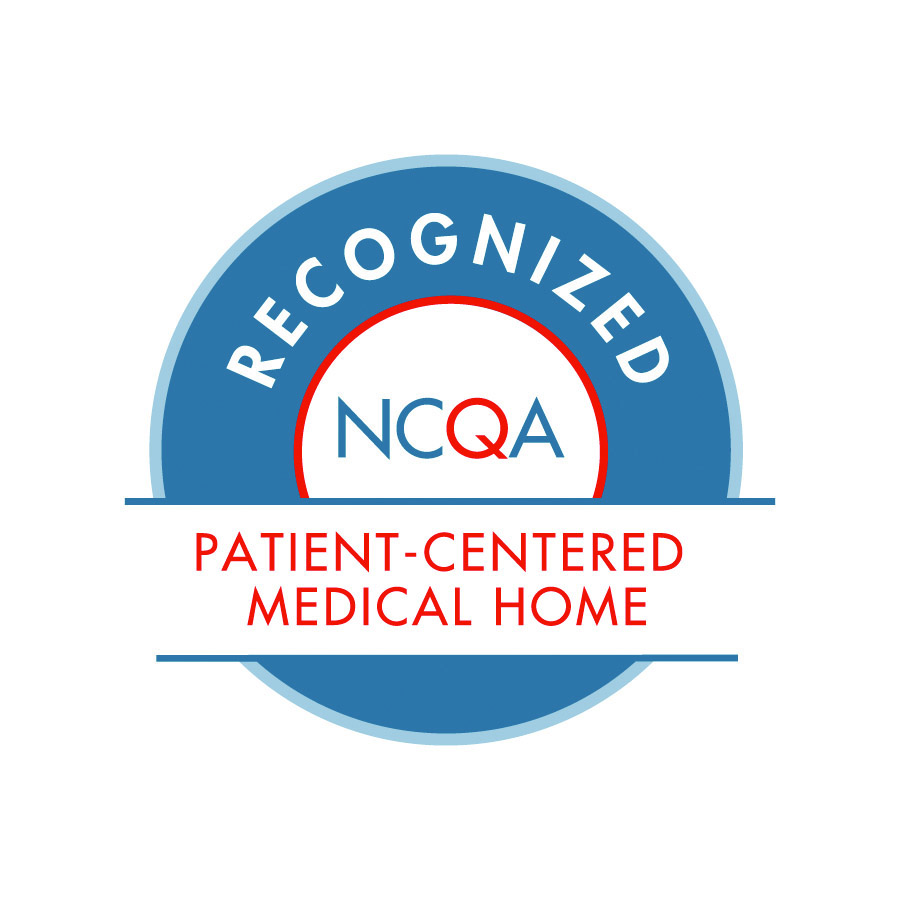K
Kawasaki Syndrome
What is Kawasaki Syndrome?
What causes Kawasaki Syndrome?
Who gets Kawasaki Syndrome?
How does Kawasaki Syndrome cause disease?
What are the common findings?
How is Kawasaki Syndrome diagnosed?
How is Kawasaki Syndrome treated?
What are the complications?
How can Kawasaki Syndrome be prevented?
What research is being done?
Links to additional information
Marsha Anderson, M.D. Assistant Professor of Pediatrics Pediatric Infectious Disease Specialist Children’s Hospital and University of Colorado Health Sciences Center Denver, Colorado Mary P. Glode, M.D. Professor of Pediatrics Vice-Chair, Department of Pediatrics Children’s Hospital and University of Colorado Health Sciences Center Denver, Colorado
What is Kawasaki Syndrome?
Kawasaki Syndrome is an illness that occurs in young children between the ages of 6 months and 12 years, with the average age being from 1 to 2 years. The illness was originally described in Japan in 1967 by a pediatrician named Dr. Tomsaku Kawasaki. He called the illness “Mucocutaneous Lymph Node Syndrome” because the disease involved the skin, the mucus membranes (i.e., lips, tongue, mouth, and eyes), and often the swollen lymph nodes in the neck.
The illness was first described in the United States in the early 1970s, and several thousand cases are reported each year to the Center for Disease Control (CDC). The disease involves inflammation of the eyes, the lips, the throat, and the skin. It also causes inflammation of the blood vessels within the body. The inflammation of the blood vessels can particularly affect the coronary arteries, resulting in weakening of the artery wall and formation of coronary artery aneurysms.
What causes Kawasaki Syndrome?
The cause of Kawasaki Syndrome remains unknown despite research to identify the cause. The illness appears to be an inflammatory/infectious disease since it involves a high fever and a rash, and it occurs suddenly in otherwise healthy children. Blood tests show a high white blood cell count, and other laboratory tests that measure inflammation also are elevated, suggesting either a bacterial infection or a bacterial toxin. Some experts feel that a virus or other infectious agent may cause the disease.
Who gets Kawasaki Syndrome?
This disease occurs in otherwise healthy children and most often strikes children between the ages of one and two years. It can occur in children of any ethnicity; however, there is a higher incidence of this disease in children of Asian ancestry, whether or not they live in the United States or in Asia. Hispanic children and African-American children have a higher incidence of this disease than Caucasian children. The reason for these differences is not known at the present time.
How does Kawasaki Syndrome cause disease?
Currently, it is believed that the symptoms of this disease are caused primarily by the body’s inflammatory response to the unknown agent that causes Kawasaki Syndrome. The damage to the coronary arteries that may occur could be the result of some direct action by the microorganism or the toxin, or it may be due to the body’s immune response to whatever causes Kawasaki Syndrome.
What are the common findings?
Usually, the illness begins abruptly, with the onset of a high fever. In untreated cases, the average duration of the fever is 10 days, much longer than is usually seen in a viral infection. Within a day or two of the fever, the child develops red, “bloodshot” eyes and red, cracked lips. A parent may notice a swollen lymph node in the neck.
The child also develops a blotchy, flat rash over the body. The rash may be very red and intense in the diaper area. The palms and the soles become bright red, and the hands and the feet may be swollen. Often, the child is very irritable and difficult to console. Vomiting and diarrhea also can occur; however, they are less common than the fever, the rash, the red eyes, the red lips, and irritability. Fourteen to 21 days after the start of the illness, parents may notice peeling of the hands and the feet.
How is Kawasaki Syndrome diagnosed?
Since the cause of Kawasaki Syndrome is not known, there is no blood test that proves that the patient has Kawasaki Syndrome. It is a clinical diagnosis, and the doctor must try to prove that the patient does not have any other condition that would require other therapy. There are many other causes of a rash and a fever in children; therefore, the diagnosis of Kawasaki Syndrome can be very difficult. Viral infections (including measles) can mimic this disease, as can reactions to antibiotics and other medications.
An allergic reaction to a medication can produce both a fever and a rash. Certain bacterial infections, such as scarlet fever and toxic shock syndrome, also can mimic Kawasaki Syndrome. The diagnosis of Kawasaki Syndrome should be considered when the clinical findings are present, the blood tests suggest significant inflammation, and no other cause of the findings can be found. A pediatric infectious disease specialist and a pediatric cardiologist should evaluate children who are suspected of having Kawasaki Syndrome.
How is Kawasaki Syndrome treated?
Although the cause of this disease is not known, an effective treatment is available. IVIG (intravenous gamma globulin) reduces the signs of inflammation in the body and reduces the risk of development of coronary artery aneurysms. Before IVIG was used for this disease, the risk of development of coronary artery aneurysms was approximately 20%.
If IVIG is given within the first 10 days of the onset of Kawasaki Syndrome, this risk has now been reduced to between 2% and 4%. High dose aspirin also is used initially to reduce inflammation. Low dose aspirin is used in the later stages of the disease to prevent any clots from developing in inflamed blood vessels.
What are the complications?
In most children who are treated with IVIG, there are no complications. The fever and the rash disappear, and the child returns to normal within one to two weeks. Peeling of the fingers and the toes occurs in children whether or not they are treated with IVIG. If a child develops coronary artery aneurysms, he/she will need to be followed by a pediatric cardiologist, and may require long-term aspirin therapy or other cardiac medications.
Since this is a relatively new disease, long-term follow-up on children (from 30 to 50 years) is not yet available. The short-term follow-up suggests that children who recover from Kawasaki Syndrome and who have no cardiac abnormalities remain healthy, active children.
How can Kawasaki Syndrome be prevented?
Kawasaki Syndrome cannot be prevented. If a cause of the disease is identified, it may be possible to develop a vaccine.
What research is being done?
Research on Kawasaki Syndrome is being conducted in the United States, in Japan, and in many other countries around the world. Kawasaki Syndrome has been reported from all continents. Hundreds of thousands of cases have occurred in children in Japan. Research focuses on the possible cause of Kawasaki Syndrome, and on new therapies for children who do not respond to IVIG.
Links to additional information
There are numerous Web sites that can be found by searching under “Mucocutaneous Lymph Node Syndrome” and under “Kawasaki Syndrome” or “Kawasaki Disease.”
References
Bradley, DJ, Glode, MP. Kawasaki disease: the mystery continues. West J Med 1998;168:23-9.
Taubert, KA, Shulman, ST. Kawasaki disease. American Family Physician 1999;59,11:3093-3102.
About the Author
Dr. Anderson is an Assistant Professor of Pediatrics and Pediatric Infectious Disease Specialist at the Children’s Hospital and University of Colorado Health Sciences Center in Denver, Colorado.
Dr. Glode is an international expert on Kawasaki Disease. She is a Professor of Pediatrics and Vice-Chair of the Department of Pediatrics at the Children’s Hospital and University of Colorado Health Sciences Center in Denver.
Copyright 2012 Marsha Anderson, M.D., All Rights Reserved




